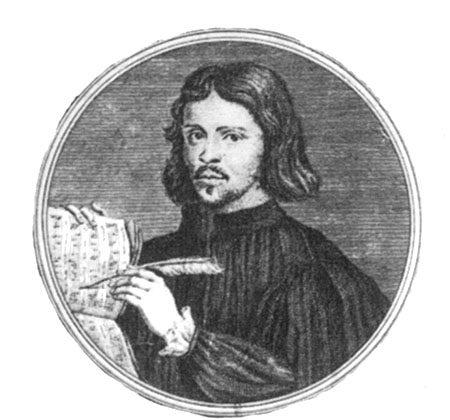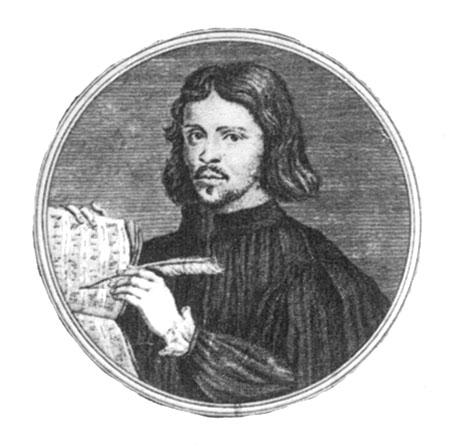NEW YORK—As part of its White Light Festival, Lincoln Center has brought one of the world’s most renowned vocal ensembles of early music, Belgium’s Huelgas Ensemble. On Nov. 10 in the first of two performances, the ensemble performed polyphonic 16th century works—some of them with up to 40 separate voices.
During the 16th century, sacred vocal music reached its artistic peak in Europe, amidst the turbulence of the Reformation. The Catholic Church, still by far the biggest employer of composers, built on a centuries-long tradition of purely vocal music for religious services.
At the same time, secular vocal genres, like the madrigal, was developing in ever-increasing complexity.
The Counter Reformation, the Catholic Church’s answer to the Reformation, brought with it a new sober ideal in sacred music and frowned upon the increasingly complex and wild polyphonic singing.
The main reason was that the words of the service, the mass, were no longer intelligible in the swirl of voices. It probably didn’t help that composers increasingly based their melodies for their masses on folk songs, some of which were downright inappropriate in content.
And so the trend turned toward more balanced and moderate compositions.
The Huelgas ensemble’s “Utopia” program on Thursday, however, celebrated the most outlandishly complex music of this era, which is also incidentally some of the most thrilling music ever written.
It is hard to describe what 24 or 40 separate voices sound like. I could say it sounds like shimmering light through huge, multi-colored stained glass windows, or like a chorus of early morning birdsong, or like being inside a giant organ made of people instead of pipes—that may put you in the ballpark.
Some of it I can only describe by resorting to modern terms like ambient music or surround sound. One can only imagine what it would have sounded like to the 16th century listeners.
It is a truly mesmerizing music, and the Huelgas Ensemble, led by conductor and scholar Paul van Nevel, deliver it flawlessly and with the proper sense of spirituality.
The bookends of the program were Thomas Tallis’s 10-minute long “Spem in Alium” for 40 voices, which the ensemble both opened and finished with, and the work that inspired Tallis, “Ecce Beatam Lucem” by Alessandro Striggio.
Both utilize the full 40 singers and sound like entire worlds onto themselves. In other pieces the ensemble shifted both singers and positions in the room, to best suit the material.
Other highlights were excerpts from Antoine Brumel’s mass “Et ecce terrae motus” and the 24-part canon-fest by Renaissance superstar (and favorite composer of Martin Luther) Josquin Des Prez, “Qui habitat in adjutorio Altissimi,” which felt like sun-drenched waves endlessly rolling in on a golden shore.
I would have loved to hear these pieces performed in a cathedral. The relatively dry acoustics in the Fourth Universalist Church were very good, and made it possible to revel in every detail of the bewildering sound-tapestries, but to be really immersed in a long, natural reverberation would probably have added an extra dimension to many of the pieces.
Luckily, for those who weren’t there, several of these pieces are found on the Huelgas Ensemble’s marvelous CD “A 40 voix”, which I highly recommend to anyone ready to open his or her ears to the wonders of early music.
On Saturday Nov. 12, the Huelgas Ensemble will perform their second White Light Festival program, called “Medieval Apocalypse,” with a focus on medieval music. For more information, see www.whitelightfestival.org.







